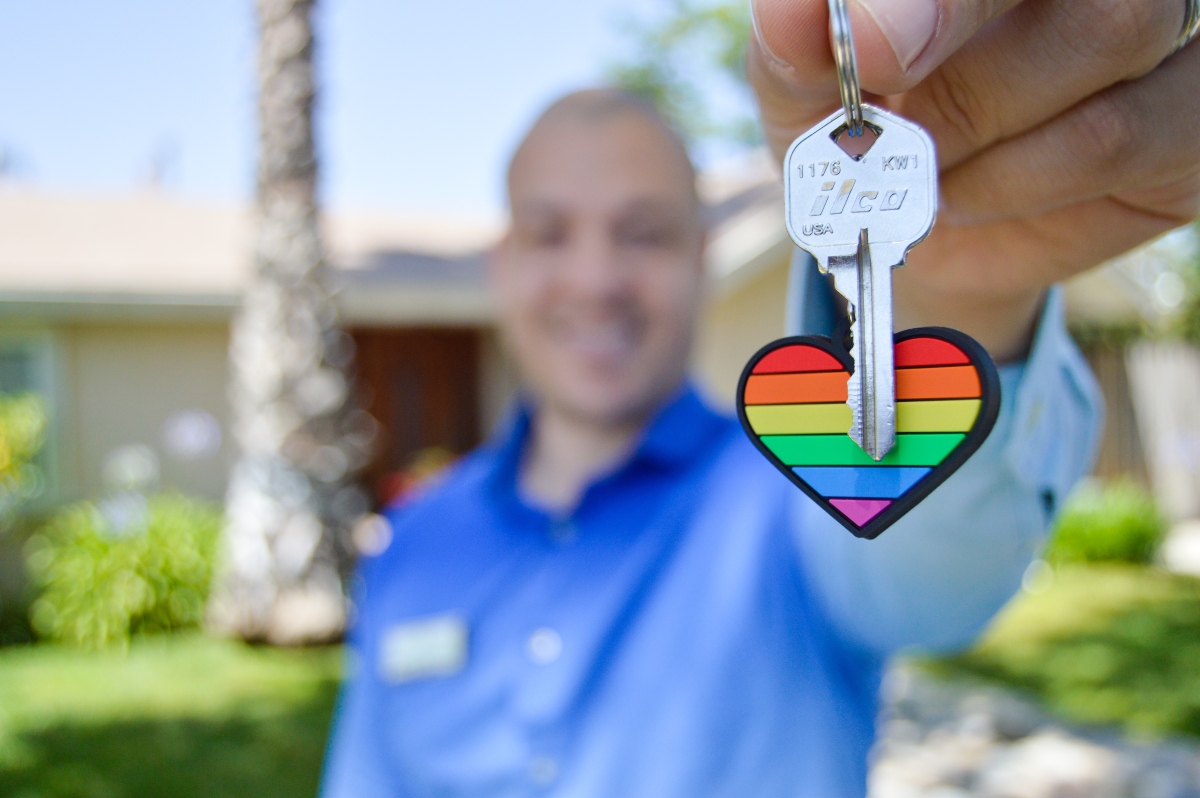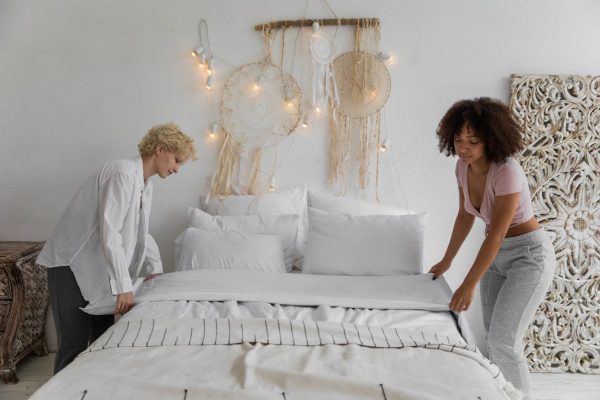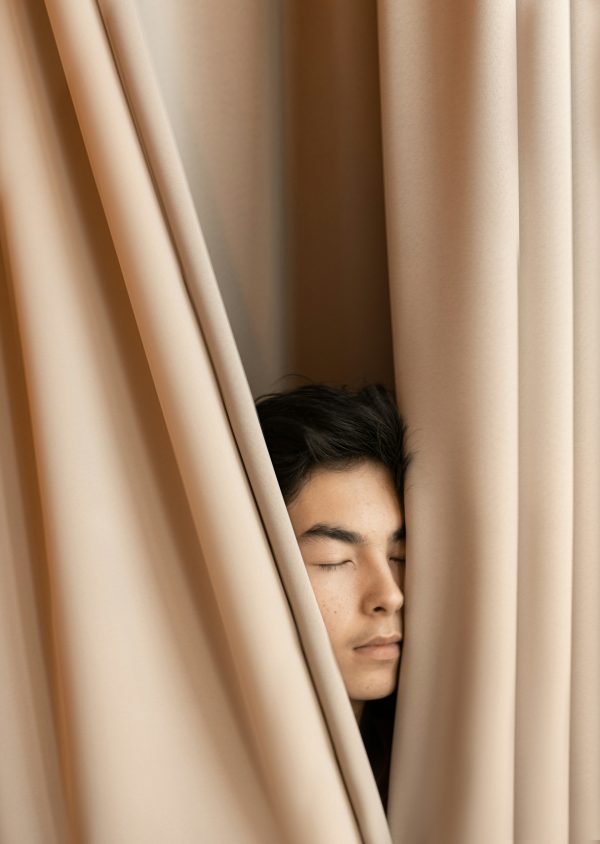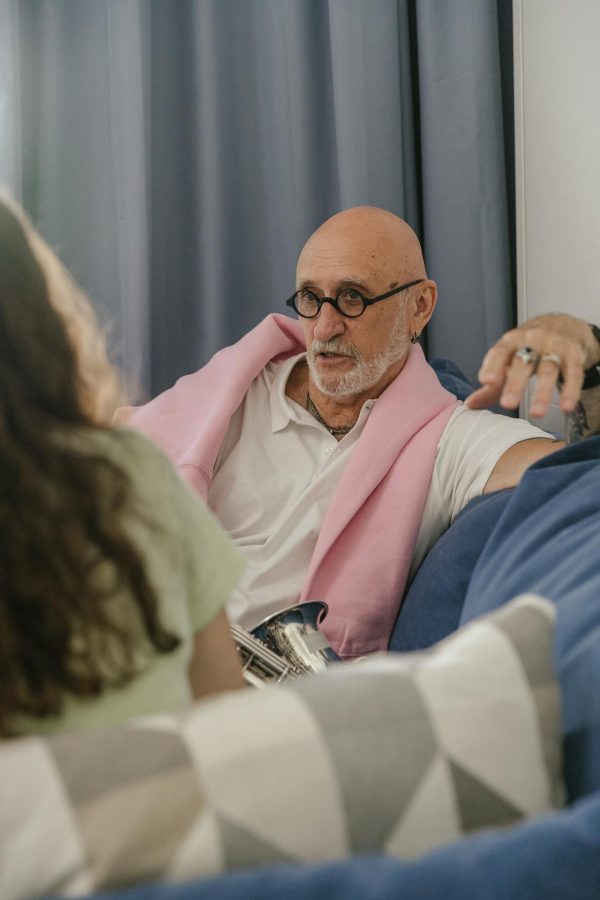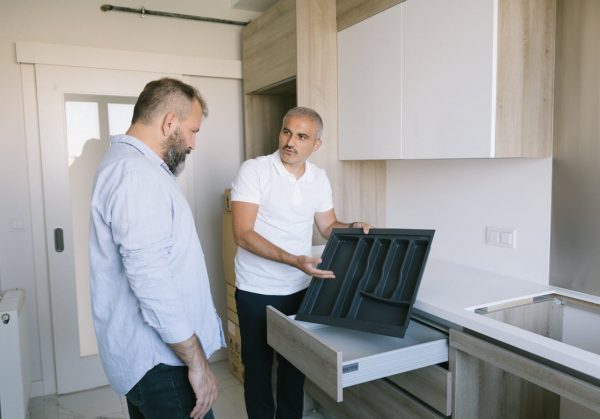Being LGBTQ isn’t the same as it used to be, and that can only be a good thing. Nowadays, LGBTQ people can get married, adopt, walk hand in hand and do almost anything they please. These freedoms have been earned through a lot of effort and sacrifice, but now it’s time to enjoy the fruits of the hard labor of the past.
LGBTQ people today are accomplished in their respective professional fields, and success comes with a lot of upsides, of course. One of them is homeownership, so let’s dive into homeownership statistics to see what’s the real picture like:
LGBTQ are more into moving around
Compared to the non-queer population, LGBTQ people are more keen on moving homes, so in the past 10 years, 21% of gay homeowners decided to relocate. The reason for that is higher income and no children, which gives queer people more mobility and freedom to change their location of residence. Additionally, LGBTQ people are more interested in having in-home entertainment for their friends and family. But most importantly, since queer people are traveling and exploring new places, they also might decide to buy the property later in life.
Homeownership and earnings
According to some reports, there is still inequality when it comes to homeownership, in favor of older LGBTQ people, mainly baby boomers. So, 70% of wealthy LGBTQ people are baby boomers. Besides, partnered gay men earn slightly more ($115K a year) than partnered heterosexual men ($109K a year). Also, lesbian women reported average yearly earnings of $94K, while all adult women earned $84K a year.
Home improvement and remodeling
LGBTQ couples experience 50% higher home remodeling costs than non-LGBTQ couples. It’s important to mention that some home improvement companies such as Home Depot have been cultivating LGBTQ friendly image for a few years now, which probably has a big influence when it comes to opting to improve one’s home. Besides, Home Depot has also been participating in various Pride Parade marches which increased its visibility among the LGBTQ population. When it comes to making purchases, LGBTQ people prefer to buy from establishments and brands that are keen on upholding LGBT-friendly practices and policies.
Unfortunately, there is still inequality
Freddie Mac found alarming information when it comes to LGBTQ homeownership rates: only 49% of LGBTQ households were also homeowners, compared to 69% of non-LGBTQ households who owned a home.
The reason for such difference isn’t always a flat out discrimination, but a plethora of other factors that might be connected to discrimination, but not directly tied to it.
LGBTQ people are more mobile, less likely to be married which are two important determinants that determine one’s homeownership. Besides, members of the LGBTQ population prioritize living in LGBT-friendly neighborhoods and communities, which are almost always in high-income urban areas and property prices there are highly expensive for those who wish to purchase their starter home.
Where is the solution?
What one can do is travel a bit around the country for a search of a home. Looking for pleasant and non-violent places, finding a potential and promising property and then looking for a home insurance quote is a great way to start preparing for a home purchase. Gentrification, even though inhumane in its core, can also contribute a lot to creating safe and more LGBT-friendly neighborhoods and communities.
The biggest obstacle towards owning a property is, of course, saving for a down payment, and lack of knowledge regarding the amount and percentage of a down payment. Therefore, extensive education all across the LGBTQ spectrum can be helpful, as people will have more information.
Another important point is that the LGBTQ population is equally open to homeownership compared to average renters. A big number of them consider owning a home as a good financial investment for the future, but currently, concerns like safety, affordability and LGBTQ friendliness might dissuade someone from owning a home.
Conclusion
As previously mentioned, members of the LGBTQ population prioritize living in LGBTQ safe areas over owning their own properties. Therefore, in order to increase financial independence and homeownership rates among LGBTQ populace, there needs to be a clear goal of creating more areas and neighborhoods free of prejudice, intolerance, and violence, so people will have more incentives to buy their own homes, as no one wants to live in a place that is unsafe and threatening to their own existence.


